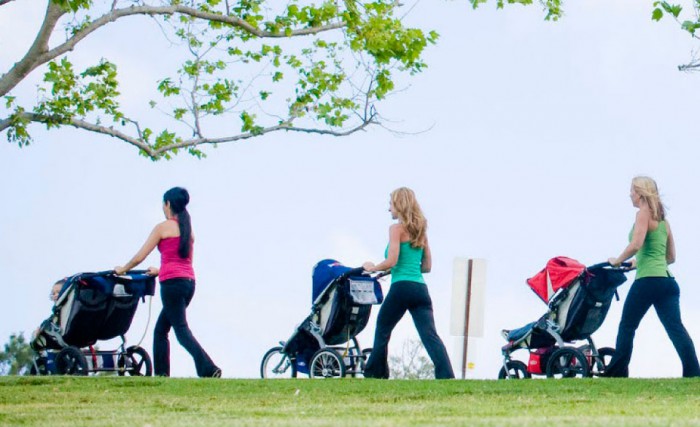Having a child is one of life’s greatest joys, but childbirth can definitely compare to an endurance event. Despite childbirth being a natural process, your body is still put under stress and physiological changes occur, so we asked Reproductive Medicine Specialist Dr Chris Venter to give us his expert advice to help new mothers get back on the road.
There are many aspects to take into account after having a baby, and how easy, or difficult, it could be to get those running shoes back in action. “For starters, most women feel out of sorts after having a baby, due to their fluctuating hormones,” say Dr Venter, a former gynaecologist and now a Reproductive Medicine Specialist at Vitalab in Morningside, Johannesburg. “During pregnancy, the levels of progesterone in a women’s body are at their highest level. Progesterone has a calming effect on the brain and once you have your baby the progesterone drops straight down to what it was before you were pregnant. This is when some women suffer from what they call the ‘baby blues,’ or Postpartum depression.”
Dr Venter says that women should give it six weeks before getting out on the road again, for a number of reasons:
CARDIOVASCULAR SYSTEM: “In the first six weeks after your baby has arrived, your resting heart rate is increased by 15 beats a minute. Due to this, you are also short of breath. Therefore, if any training takes place, it needs to be extremely gradual, and also needs to be monitored.”
JOINT LAXITY: “During pregnancy, your body releases a hormone called Relaxin. It loosens connective tissue, including ligaments that connect bones and help support our joints. This increased laxity allows for expansion of the rib cage, making room for the growing fetus, as well as allowing the pelvis to expand in order for the baby to be delivered. Up until six weeks after the baby, your laxity levels in your ligaments and joints is still high, so by putting too much stress on the body, you can pick up injuries easier, and it is also common to feel sharp pain or discomfort in your lower back.”
BIRTH PROCEDURE: “After having a cesarean done, you need to go for your six-week post-birth checkup and your doctor will then be able to indicate whether you are ready to start training. It is vital that the wound heals properly before putting stress on the body. A natural birth will have you training a lot quicker, unless you experienced a tear, which will mean that you will also need to wait until the wound has fully healed.”
BREAST MILK: “Training too hard or putting your body under stress will decrease a mother’s breast milk. Your routine should revolve around creating more breast milk.”
GETTING STARTED
The latest craze is to take your baby with you in a running pram, and this can be great fun, although hard work on the uphills. It is important to take it slow to start off with, as your baby doesn’t have much of an immune system in the first six weeks and can be susceptible to flu and colds. Any exercise should be started off gradually, and not to the level you trained at before your pregnancy. “You need to listen to your body,” says Dr Venter, “you also need to be sure to invest in good support bras, as in this time you also stand a good chance of stretching your Cooper’s Ligaments, the connective tissue in the breasts.”


